 Negative Exposure Compensation of -0.3 EV. © Scott Thomas Photography 2007 Nikon D70/18-200VR, 1/125s, f5.6, 200 ISO |
 Positive Exposure Compensation of +0.3 EV. © Scott Thomas Photography 2007 Nikon D70/18-200VR, 1/50s, f5.6, 200 ISO |
|---|
Exposure Compensation allows you to adjust the exposure measured by the camera’s light meter and telling the camera to allow more light in (positive exposure compensation) or less light in (negative exposure compensation). On your digital SLR camera, look for a +/- button to press to adjust exposure compensation. By making it negative, zero or postive in 1/3 (0.3) or 1/2 (0.5) intervals, you “dial” in the exposure for the photograph. As you change the exposure compensation, your camera will change it’s shutter speed or aperture. Sometimes, even both, as you alter how the camera’s light meter is “seeing” the subject you are pointing at.
In the two photos of the Research Station camp taken on the Pangani Forest Exploration Trail in Disney’s Animal Kingdom, the one on the left has a -0.3 EV (EV is the standard way of indicating exposure compensation) giving a rich color to the green foliage and detail in the rock face. The shutter speed of 1/125s freezes the waterfall. The photo on the right has a +0.3 EV, see how the contrast is heightened and some of the objects near the front of the tent get “blown out”, which means the loss of detail, as the shutter speed decreased to 1/50s. Some of the shadowy areas now have details and the waterfall has a whispy look. The rule of thumb is to expose for the highlights, the brightest part of the scene, which is what I did in the photo on the left.
How do you know which exposure is best? You don’t really, you pick the one you like the best. For me, I try not to get any blown out areas in my photos. This is not always possible. I hedge my bets by bracketing the exposures. Bracketing is taking one photo each at a negative compensation, a zero compensation and a postive compensation. Most digital cameras today can be set to auto-bracket and take a series of 3 to 5 photographs in a single shutter release.
Quick Tip: Do you know how much exposure compensation range your camera has? My Nikon D70 can go plus(+) or minus(-) up to 5 stops in 1/3 or 1/2 intervals. Don’t be afraid to go as high or low as you need to capture the photograph.



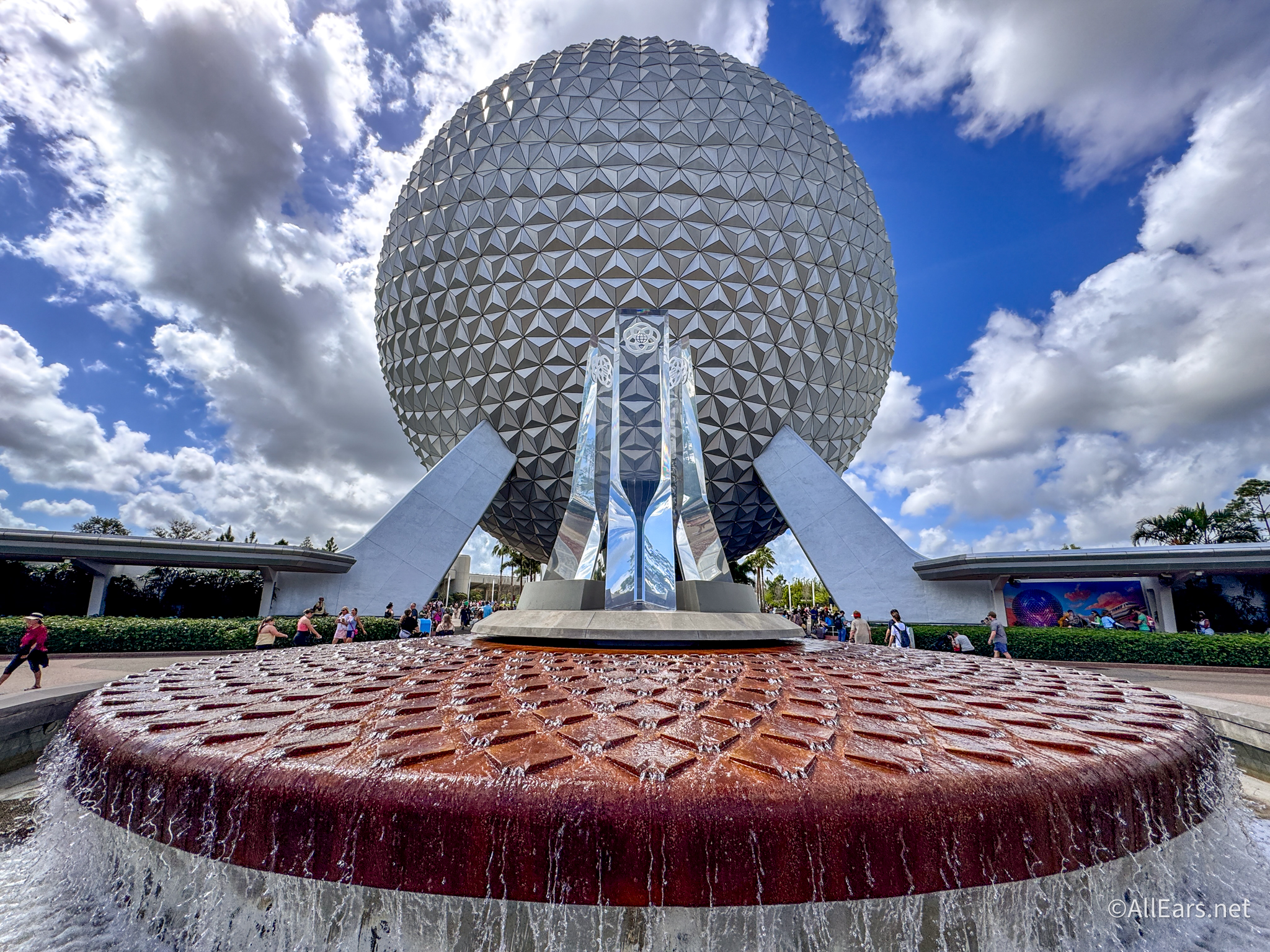
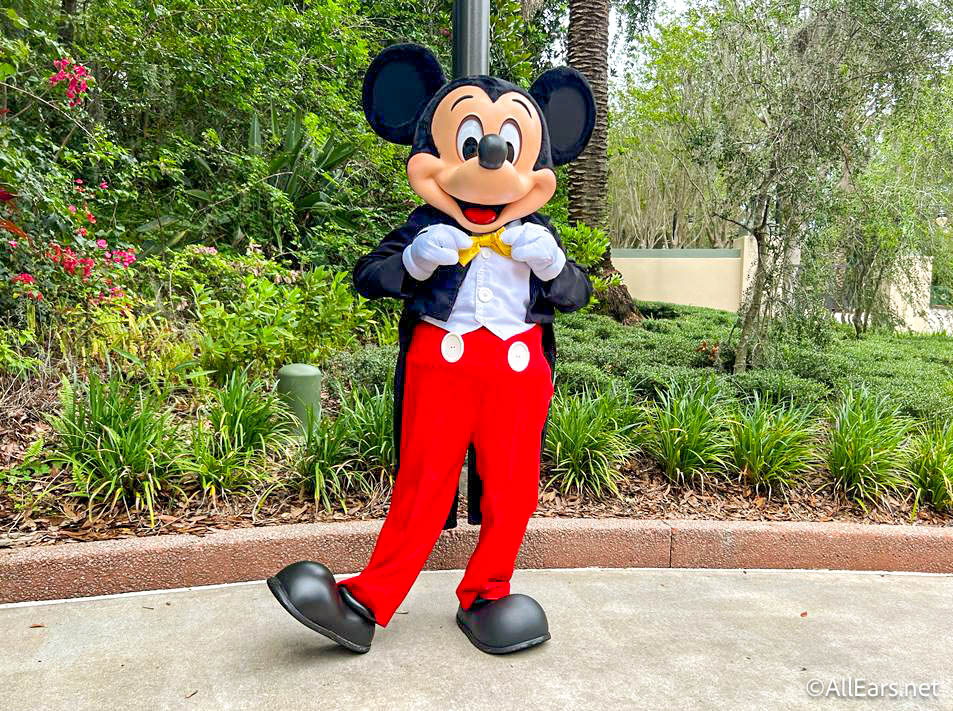
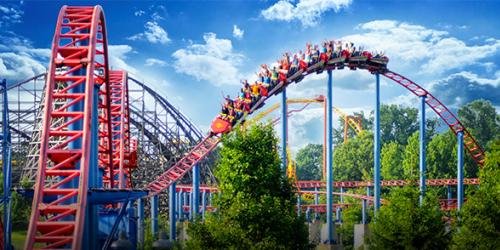
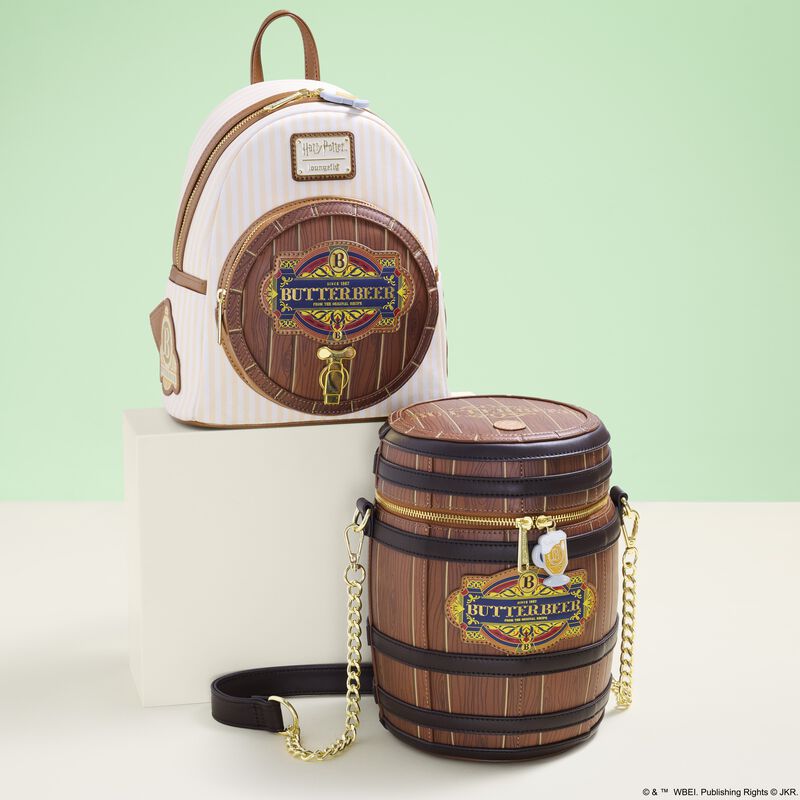




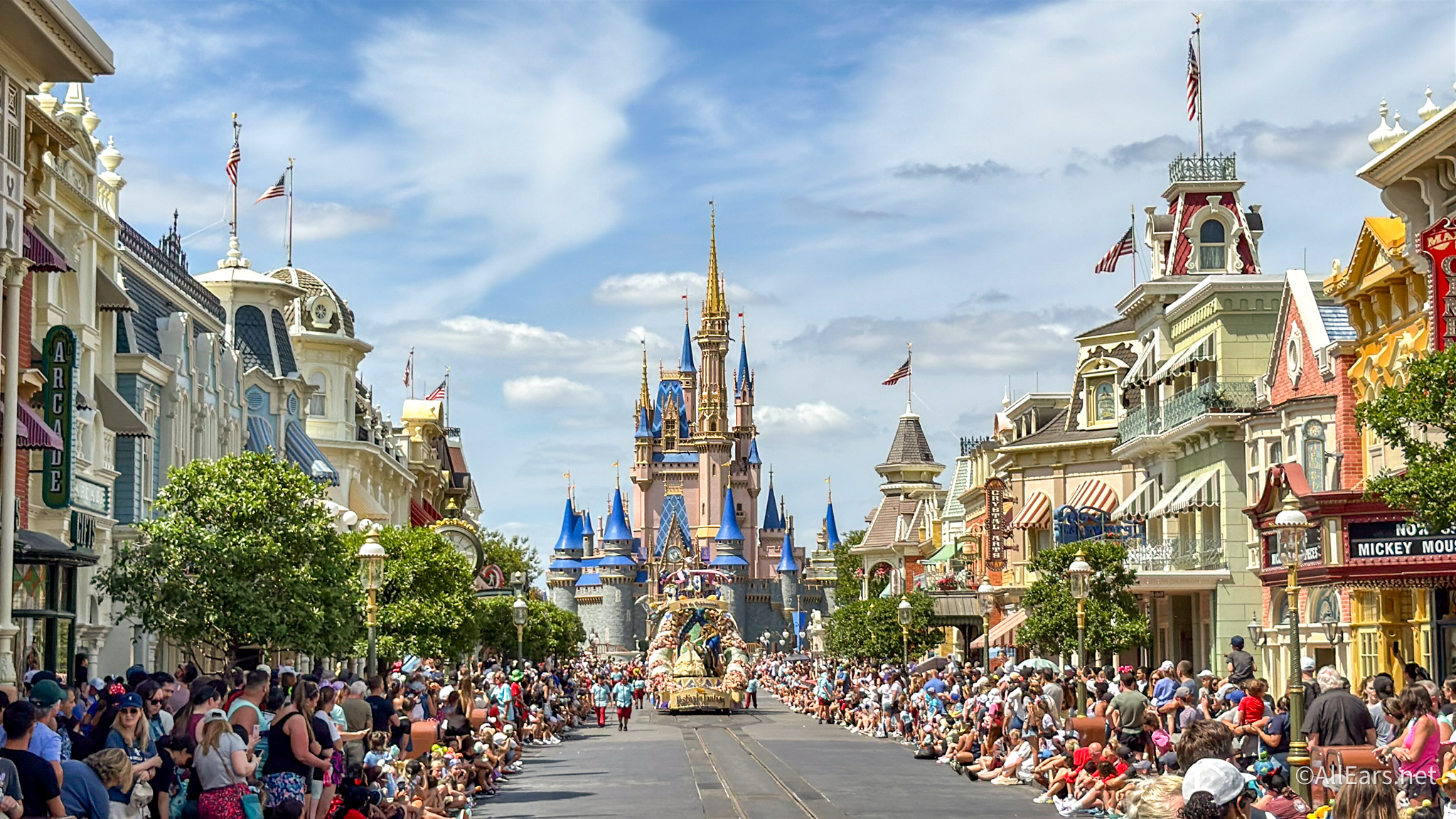


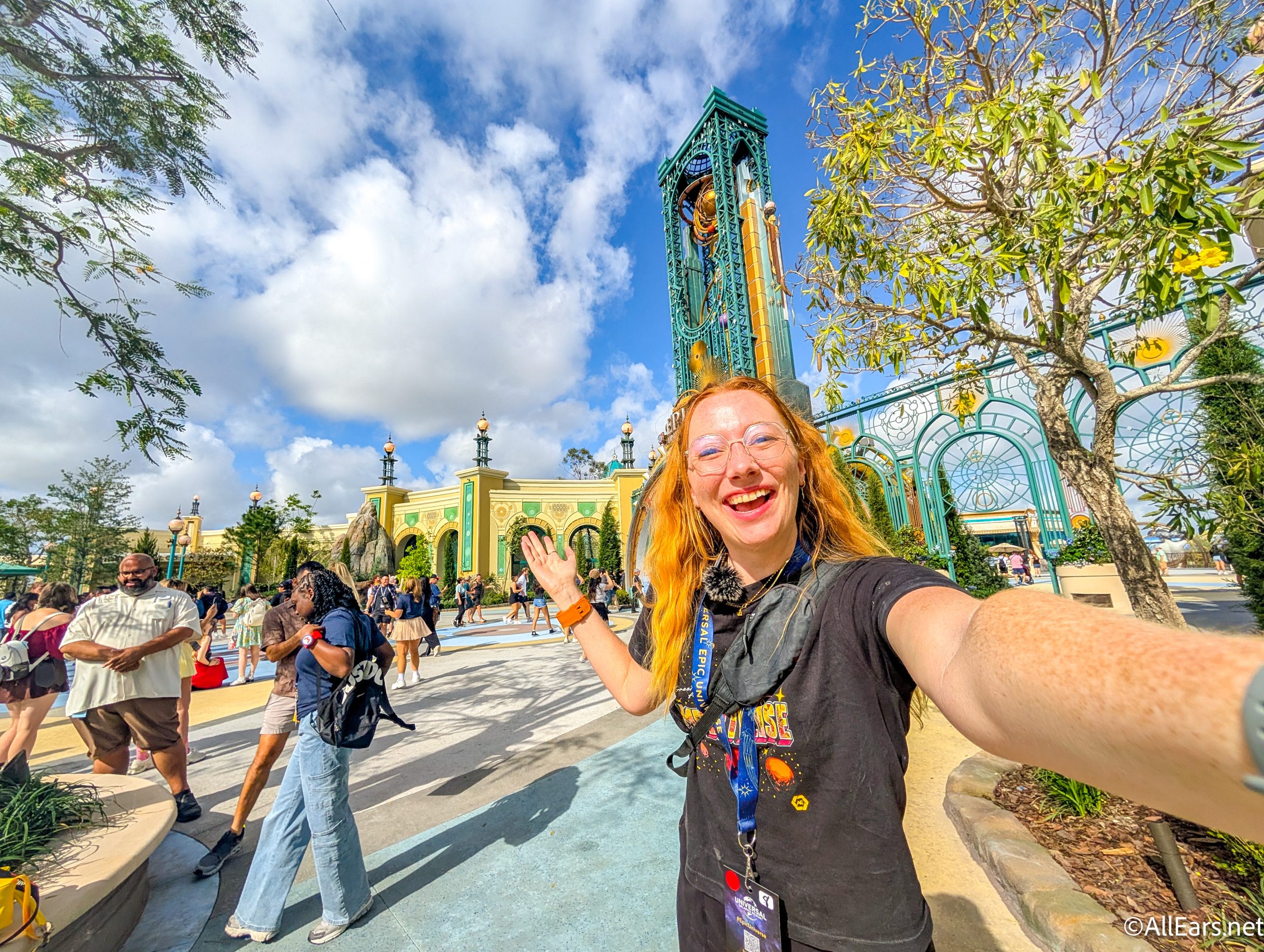

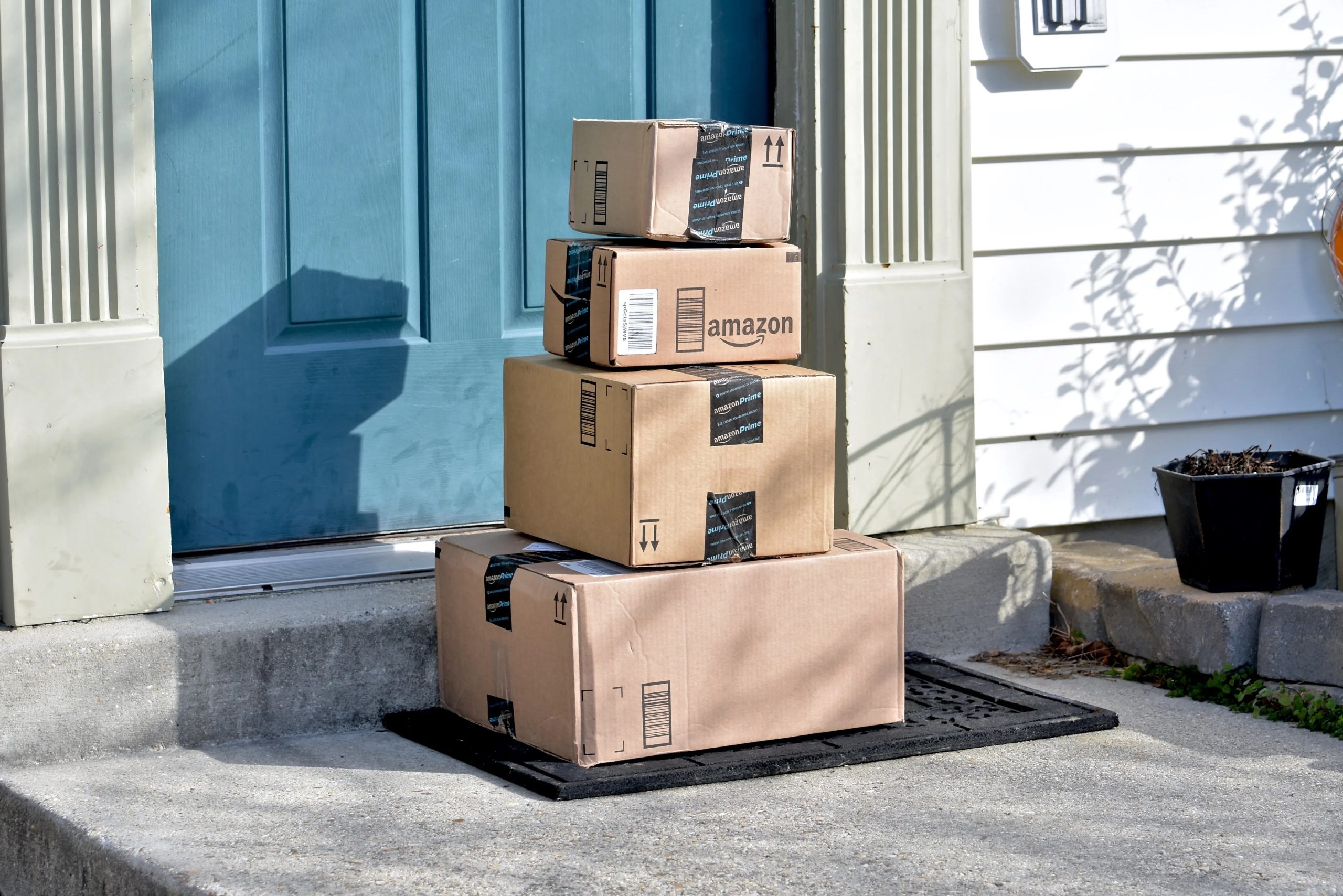
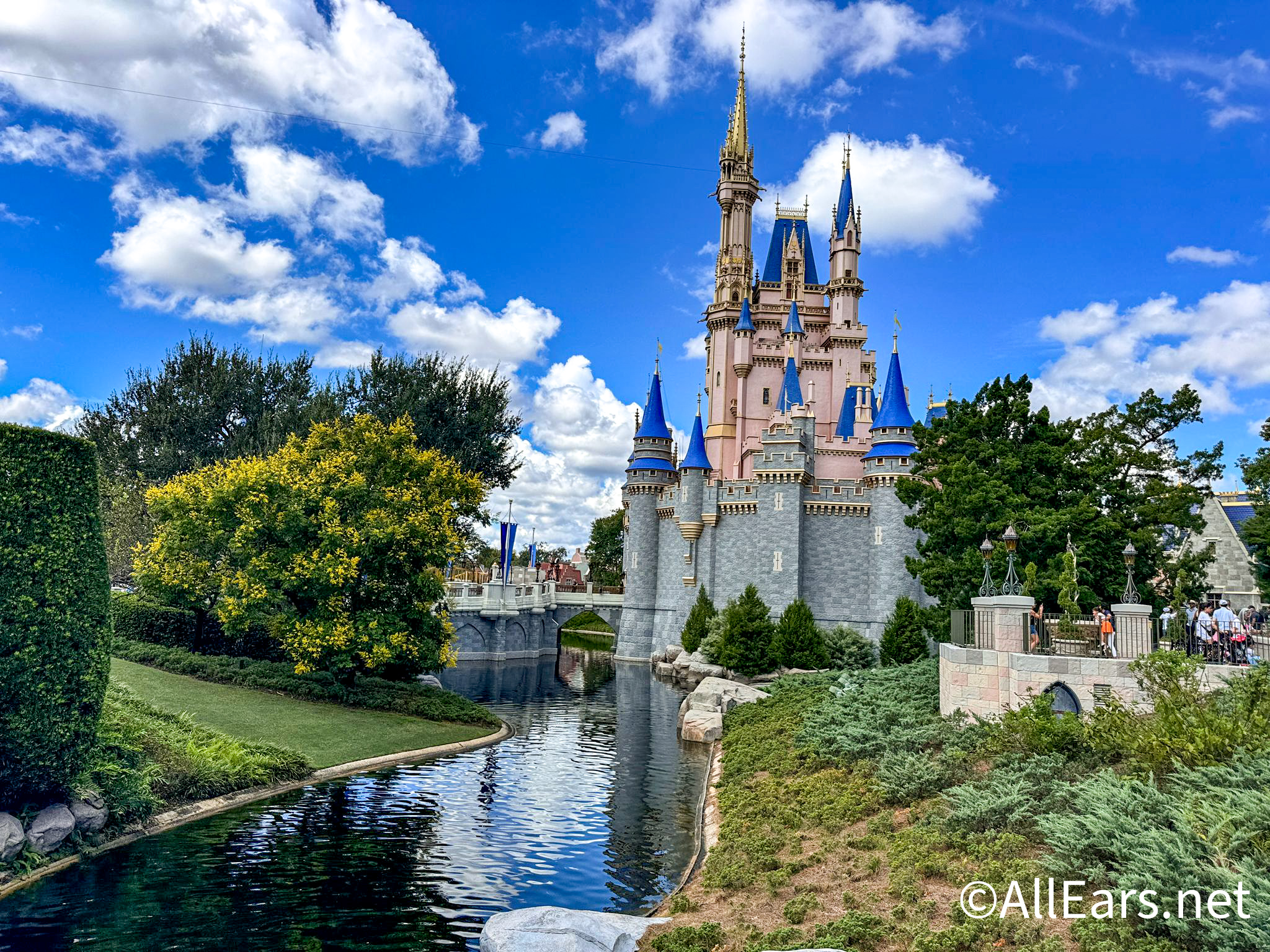
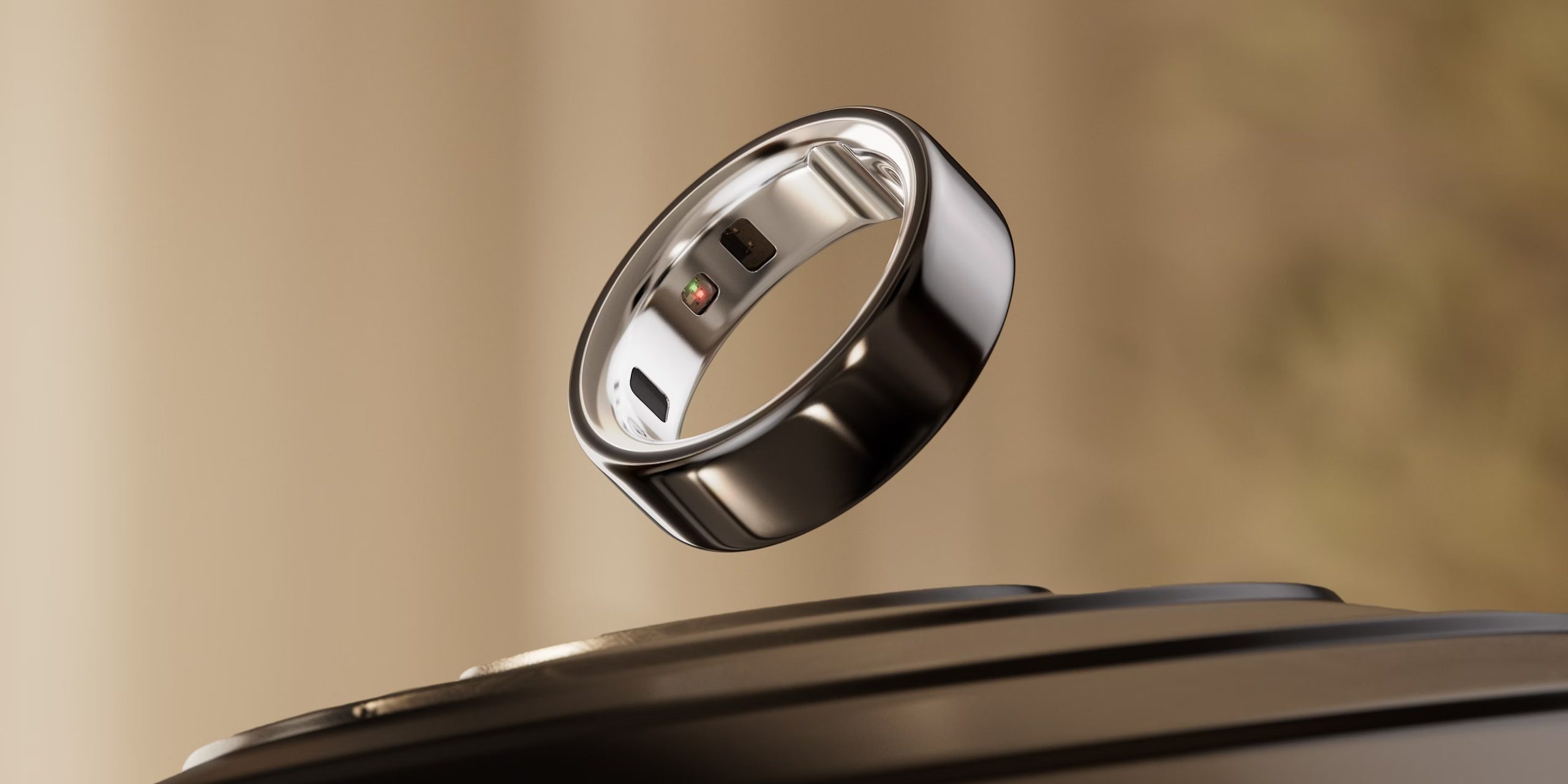
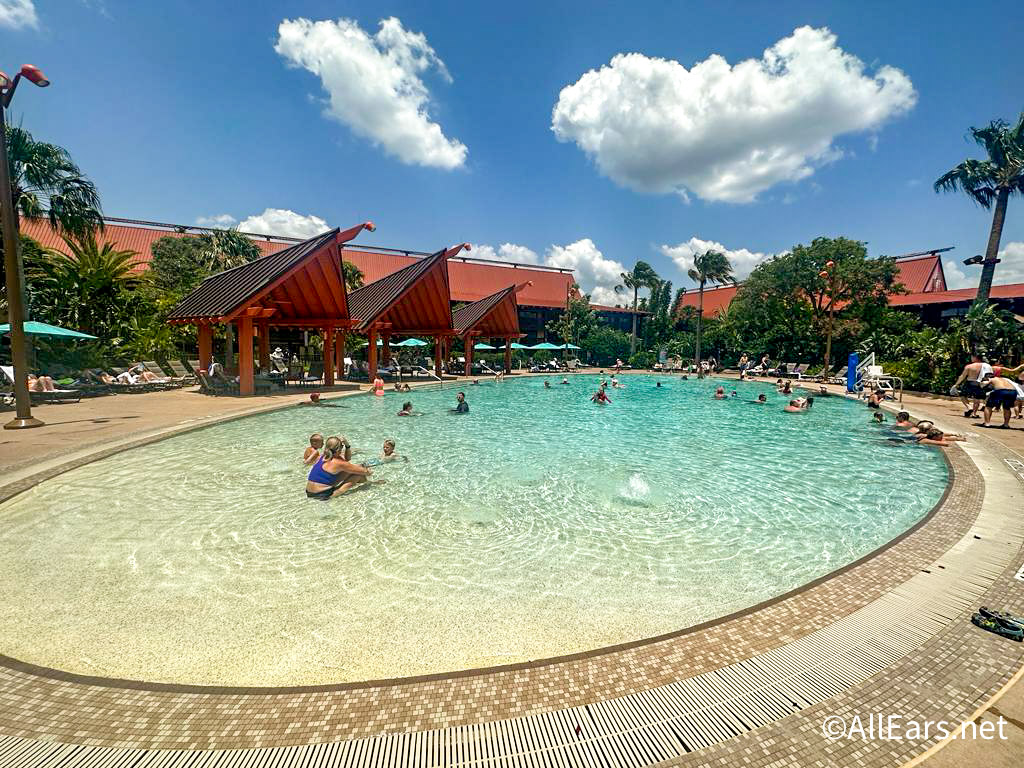



Trending Now
TSA just banned an essential travel item from checked luggage!
Believe it or not, it is possible to make a day at EPCOT even better!
Don't forget about this change coming up for Disney World hotel guests!
Six Flags has just announced that they're CLOSING on of their theme parks entirely this...
If you adore Butterbeer from Harry Potter as much as we do, these TWO new...
These Disneyland attractions will be closed for part of or all of May.
Each week, we search high and low for the best Disney deals on Amazon. Wanna...
We're sharing the hottest deals on LEGO sets on Amazon!
Need a new Disney tee? Get to Amazon NOW!
Only true Disney adults are packing these items for their Disney World trips!
By unanimous vote, the proposed Sunshine Corridor study is now fully funded.
The best upgrades available for Disney Cruise Line Passengers.
Epic Universe is amazing…but it does have a couple of flaws.
Here are a couple of things you'll want to get yourself because every Disney Adult...
We spotted three brand-new Disney Loungefly bags online, and one of them is already selling...
Every Disney adult is going to Amazon to buy their Disney park day shoes!
Let's talk about why every Disney Adult is buying an Oura Ring from Target right...
Many Disney guests don't realize they're breaking these rules.
These might be weird buys, but we aren't kidding when we say you'll need them...
A Universal x Minecraft experience is HERE!